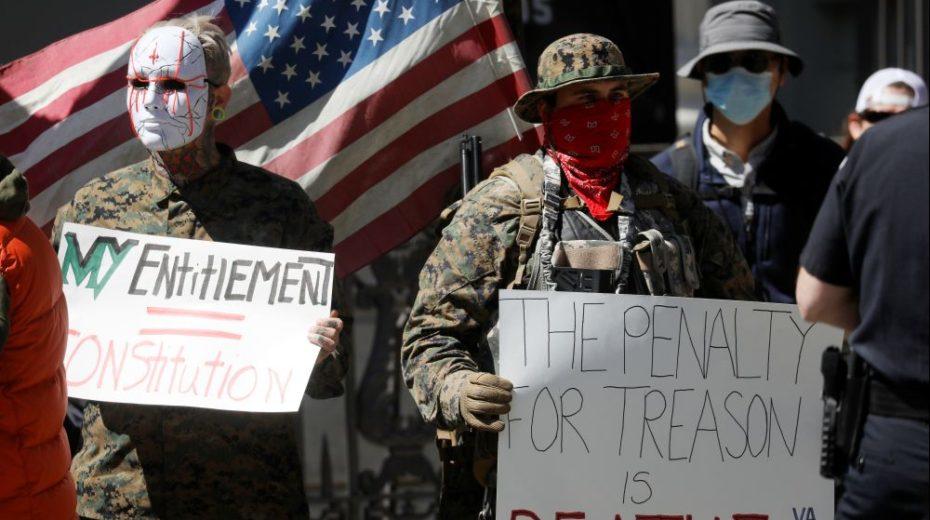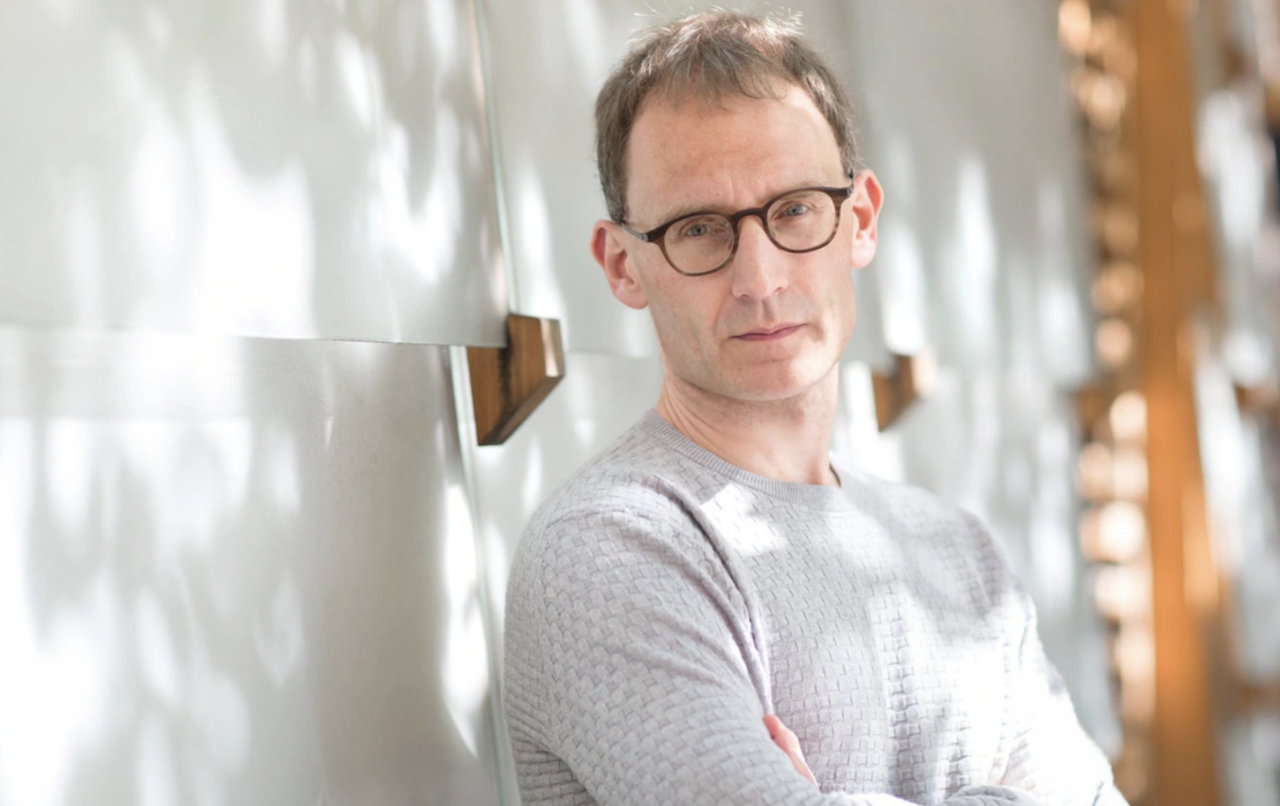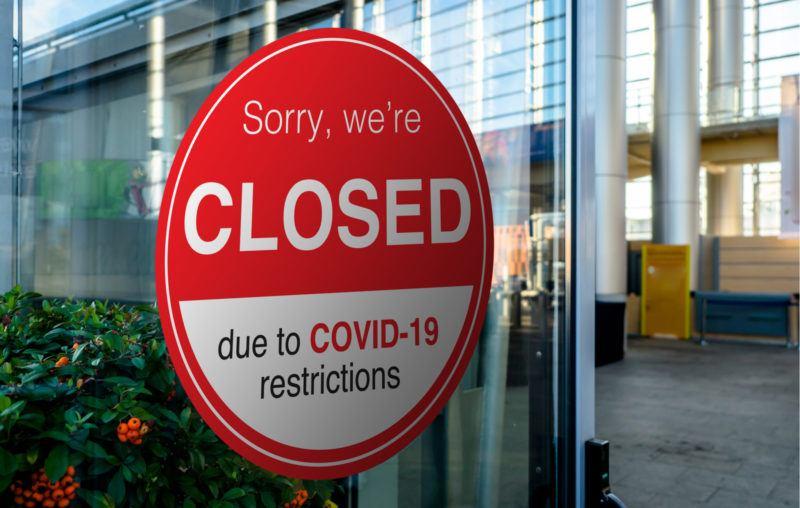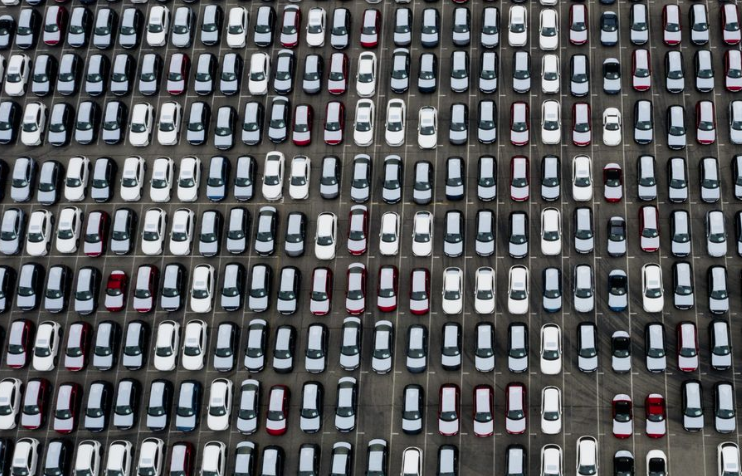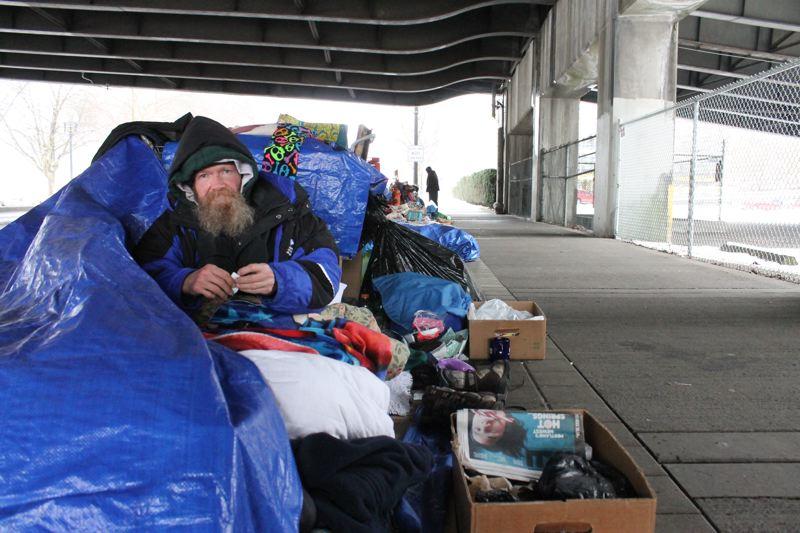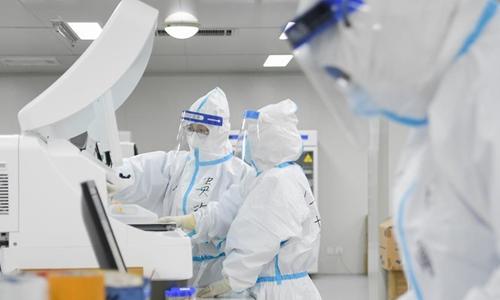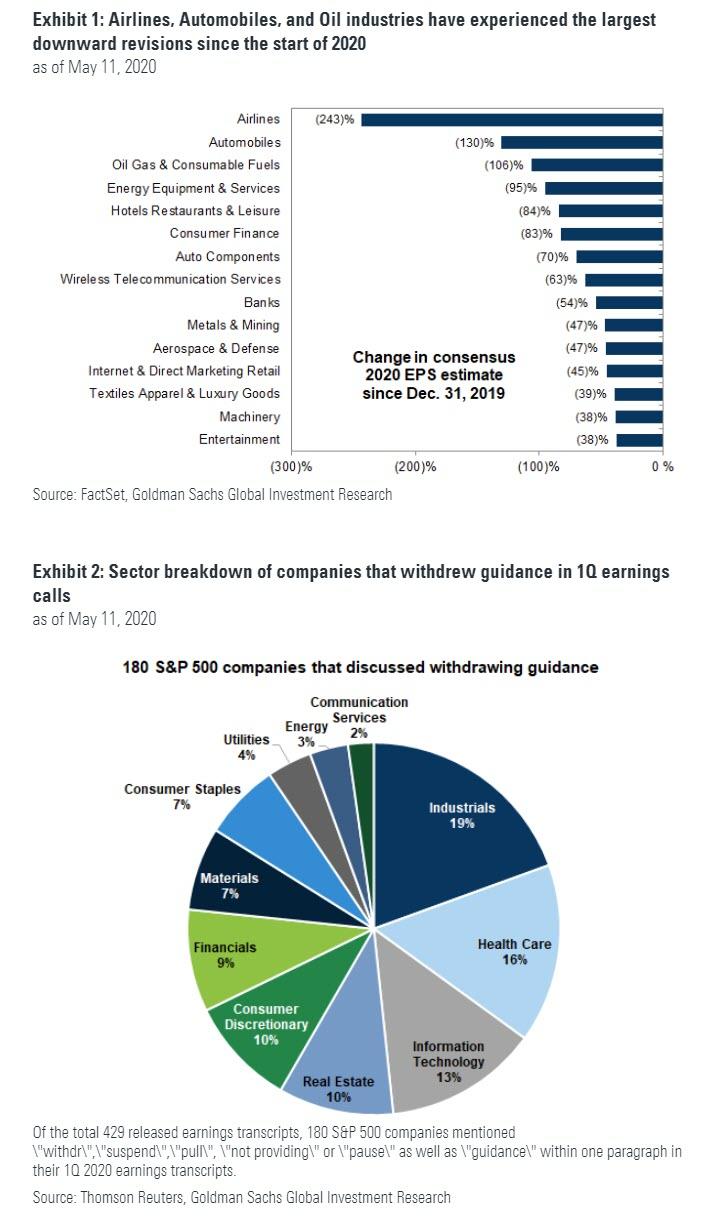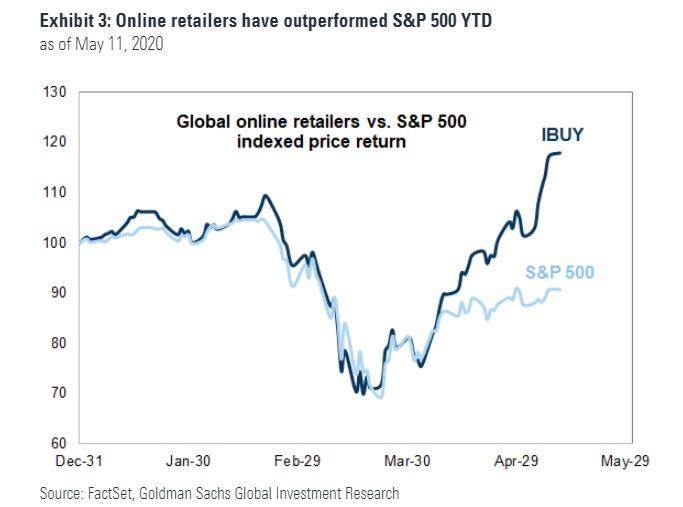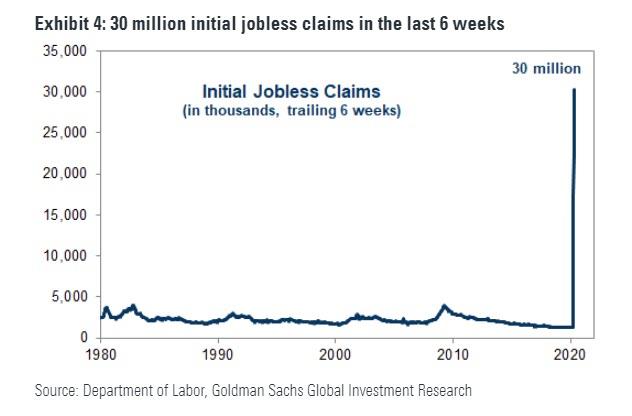Another Pandemic? Two Trailblazing COVID-19 Researchers Dead In A Month
Tyler Durden
Mon, 05/18/2020 – 03:30
Authored by Robert Bridge via The Strategic Culture Foundation,
Academia does not really have a reputation for being riddled with violence and sudden unexplained deaths. Yet at the peak of the Covid-19 pandemic, two young pioneering researchers from the same obscure field of study met with mysterious ends.
Outside of academic circles, Dr. James Taylor and Dr. Bing Liu were relative unknowns. Inside of the scientific community, however, the two had achieved something like rock-star status. And now, within a period of 30 days, both young men are dead at a time when their talents are needed most.
James Taylor, 1979-2020
Let’s first consider the life and work of James Taylor, who passed away on April 2 at the age of 40. Anyone hoping to learn details about the cause of death of this remarkable man will be disappointed; to date, no information has been made available to the public.
“The cause of James’ death is not yet known, and given how overwhelmed the medical profession is in Baltimore, we may never know,” stated the website of Galaxy Project, using the coronavirus as an excuse for not being able to dig deeper into the death of a colleague. “Given how quickly this overtook him it is very unlikely to have been COVID-19.”
Until any additional information is forthcoming with regards to the cause of death, it seems reasonable to ask whether Taylor was involved in any projects or activities that may have made him a potential target of foul play. A cursory look at his Twitter page indicates there were some impassioned discussions just prior to his premature passing that warrant consideration. Before jumping into those discussions, however, a few words about his professional background are necessary.
According to his obituary on the Johns Hopkins University website, Taylor was “a trailblazer in computational biology and genomics research,” who made a significant contribution as a “scientist, teacher, and colleague.”
Taylor’s breakout moment in the scientific community, however, came with the creation of Galaxy, a cloud-based system that has been described as “the first comprehensive data analysis resource in Life Sciences.” According to its website, Galaxy provides an open platform that aims to make computational biology accessible to scientists, mostly those who are involved in genomics research, a major field of study when it comes to the development of drugs and vaccines.
And it is on this particular point that Taylor became engaged in debate just days before his death. On March 19, the researcher asked a seemingly innocuous question on his Twitter page: “Can we talk about genomic data sharing for #covid19 #SARSCoV2 research?”
Can we talk about genomic data sharing for #covid19 #SARSCoV2 research?
— James Taylor (@jxtx) March 19, 2020
Judging by the feedback, the question proved to be a loaded one. Taylor’s question revealed the frustration being felt by other research groups, like NCBI and Nextstrain, which were attempting to retrieve the genomic characteristics of Covid-19 but were running into hurdles. Taylor’s colleagues, Anton Nekrutenko and Sergei Kosakovsky Pond, expressed similar concerns regarding those roadblocks one month earlier in a paper entitled, ‘No more business as usual: agile and effective responses to emerging pathogen threats require open data and open analytics.’
“The current state of much of the Wuhan pneumonia virus (COVID-19) research shows a regrettable lack of data sharing and considerable analytical obfuscation,” Nekrutenko and Kosakovsky Pond wrote. “This impedes global research cooperation, which is essential for tackling public health emergencies, and requires unimpeded access to data, analysis tools, and computational infrastructure.”
Here is proof of something that many people have long suspected about the world of academia: it is ruthless and self-serving just as much as any profit-seeking corporation. Not only are academics fiercely protective of their work, which is perfectly understandable, they are also not blind to the potential for financial gain that comes from their labors. But I digress.
This data should be on ENA or SRA without any restrictions! #FAIR https://t.co/5ige3Q27fH
— Björn Grüning (@bjoerngruening) March 26, 2020
Judging by his social media activity, it seems that James Taylor’s main beef was with GISAID, a German-based platform that stands for Global Initiative on Sharing All Influenza Data. This private and public organization, which also partners with the governments of Singapore and the United States, has acquired much of the genome data for many diseases, including that of Covid-19, information that would be critical in the development of drugs and vaccines.
In a follow-up tweet, Taylor complained that GISAID “has much more data…but onerous restrictions on data use and sharing, in particular does not allow sharing any sequence data.” This was followed by the comment that GISAID’s restrictions on using its data are “a real impediment to rapid, collaborative data analysis including our efforts to make transparent, reusable and reproducible analysis pipelines for outbreak analysis.”
At the same time Taylor was chastising GISAID for supposedly not sharing its sequence data on Covid-19, GISAID was boasting on its website about its transparency. So where is the truth? Judging by the comments on James Taylor’s Twitter feed, it would seem GISAID was not completely forthcoming with its data.
Dave O’Connor, for example, a virologist at the University of Washington (Madison), remarked on Taylor’s Twitter thread, “I doubt if many people, if any, people who contributed data to GISAID did so with the intention of it being siloed.”
Dr. Melissa A. Wilson, a prominent evolutionary and computational biologist from Arizona State University, also expressed dismay at the failure to share critical genome data that could assist in helping researchers discover a cure for Covid-19.
In her tweet, dated March 23, Wilson directed a question to Taylor, asking: “Where are we storing data so it is accessible?”
US needs this kind of effort. ASU + other institutions have tests, but:
1. Who is sequencing #COVID19? (@baym?)
2. Where are we storing data so it is accessible? (@jxtx?)Can collect answers here: https://t.co/P7eAAMNyFd
Will happily amplify other efforts. https://t.co/lfdhACLVw9
— Melissa A. Wilson (@sexchrlab) March 23, 2020
At this point the reader may be asking, ‘Ok, so what. What significance is there to a group of researchers having trouble getting access to the genome structure of the coronavirus?’ The problem is that it could mean the difference between being able to develop a vaccine for the disease and not.
Here it should be mentioned that on October 18, 2019, Johns Hopkins University, together with the World Economic Forum and the Bill and Melinda Gates Foundation, hosted Event 201, a high-level exercise that imagined how the public and private sector would coordinate in the event of a pandemic. The event so closely mirrored the outbreak of Covid-19 just two months later that Johns Hopkins released a statement denying that it had made a “prediction” about the pandemic.
Moreover, on the question of producing vaccines to fight against Covid-19, Johns Hopkins appears to be an ardent supporter.
“I would imagine we are going to get a massive vaccination program going in place,” revealed Andrew Pekosz, Johns Hopkins Bloomberg School of Public Health Professor, in an interview with Bloomberg. “The vaccines that are currently in the lead…are ones that are going to be given by injection.
“It looks like vaccines are going to be the game changer here…”
The question that must be asked is whether James Taylor was somehow working at cross-purposes to other organizations that are, for example, in the race to develop a vaccine against Covid-19. Or, alternatively, did the 40-year-old renowned researcher die a natural death at the very moment the quest for a vaccine against the coronavirus had become the central focus for researchers, pharmaceutical companies and his very alma mater?
Dr. Bing Liu, 1982-2020
On May 2, Liu, a 37-year-old assistant professor at the University of Pittsburgh School of Medicine (UPSM), was found dead with multiple gunshot wounds at his townhouse in an upscale suburban neighborhood of Pittsburgh. Another victim, identified as Hao Gu, was found dead in his car near Liu’s home with what police say was a self-inflicted gunshot wound to the head.
Just four days after the double murder, Ross Township Police said they believe the apparent murder-suicide was the result of a “lengthy dispute regarding an intimate partner.”
“We have found zero evidence that this tragic event has anything to do with employment at the University of Pittsburgh, any work being conducted at the University of Pittsburgh and the current health crisis affecting the United States and the world,” said Detective Sgt. Brian Kohlhepp.
What makes this case particularly compelling is that, according to a homage page on the UPSM website, “Bing was on the verge of making very significant findings toward understanding the cellular mechanisms that underlie SARS-CoV-2 infection and the cellular basis of the following complications.”
The other remarkable detail is how closely aligned Bing Liu and James Taylor’s academic resumes were. Both academics were involved in the obscure field of computational systems biology, as well as machine-learning techniques to better predict the behavior of biological species.
The lives of the two academics crossed paths due to their mutual affiliation with the prestigious Carnegie Mellon University, also located in Pittsburgh. There, Liu worked as a postdoctoral fellow in the department of computer science, while Taylor delivered seminars there on his Galaxy program. If by chance Taylor was unfamiliar with Liu’s prolific body of academic work that would probably have changed after Liu’s purportedly breakthrough research on the Covid-19 was released. That magical moment was not to be, of course, due to Liu’s premature and very tragic death.
With regards to the purported murder-suicide, the details are sketchy. First, the mainstream media is portraying the murder as the result of a “lengthy dispute regarding an intimate partner.” Yet local media reported that Liu and his wife had no children and mostly kept to themselves. Of course that doesn’t mean that the two men were not competing for the affections of some other woman. However, with the married Liu on the verge of making a major breakthrough on the coronavirus front, it would seem that he would have very little time for any ‘extracurricular activities.’
In any case, it remains unclear how the two men knew each other, while a possible motive for the murder also remains a mystery, the Post-Gazette reported. Neighbors did not report hearing any gunshots at the time of the killings.
Finally, there are problems with the choice of murder weapon, in this case a firearm. Since both Liu and his alleged killer were not U.S. citizens, this opens up the question as to how Hao Gu was able to acquire a firearm. It is illegal – although certainly not impossible – for non-citizens to purchase firearms in the United States.
* * *
So what we are left with, at a time when the world is desperately searching for a way to combat Covid-19, is the legacy of two trailblazing researchers who were both working towards ways of better understanding the disease. Although we may never know the true story behind each man’s untimely death, the likelihood of two renowned researchers – with almost identical professional backgrounds – dying a month apart at a time when both were making headway against the pandemic must certainly rank far less than the chances of someone actually succumbing to Covid-19. The deaths of Bing Liu and James Taylor deserve far greater scrutiny by the mainstream media.
via ZeroHedge News https://ift.tt/2TgRmQ3 Tyler Durden
